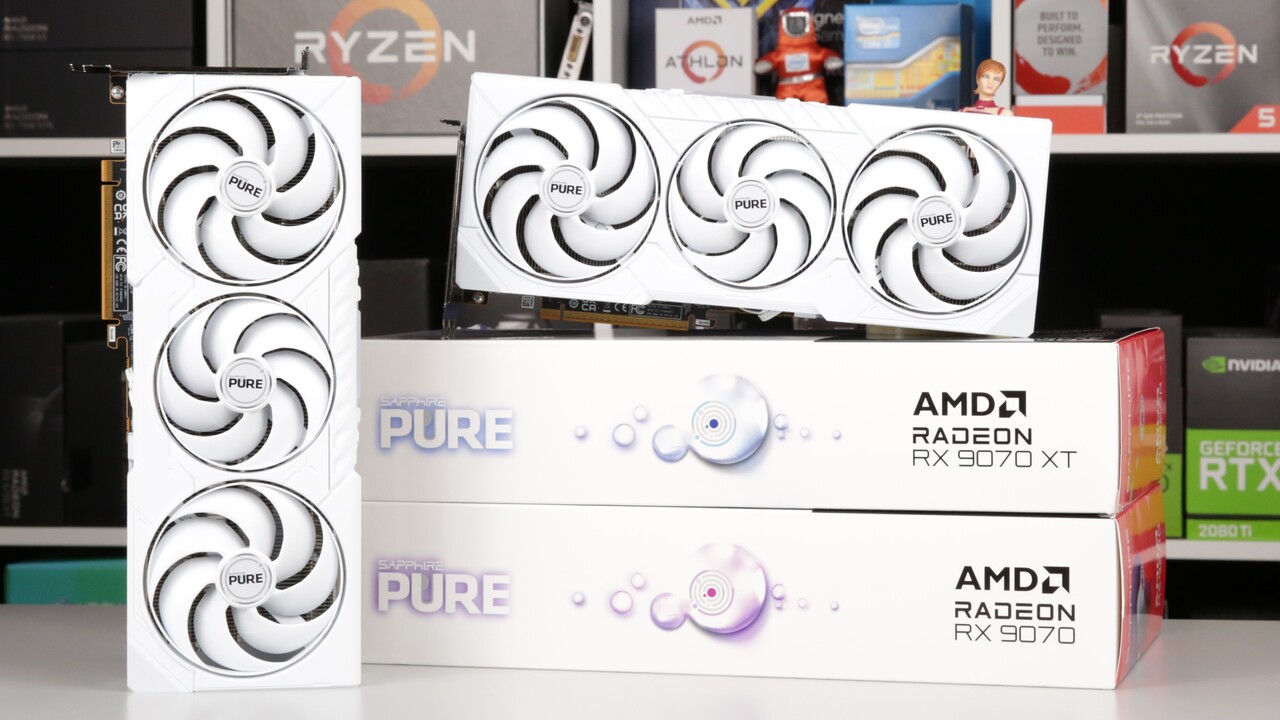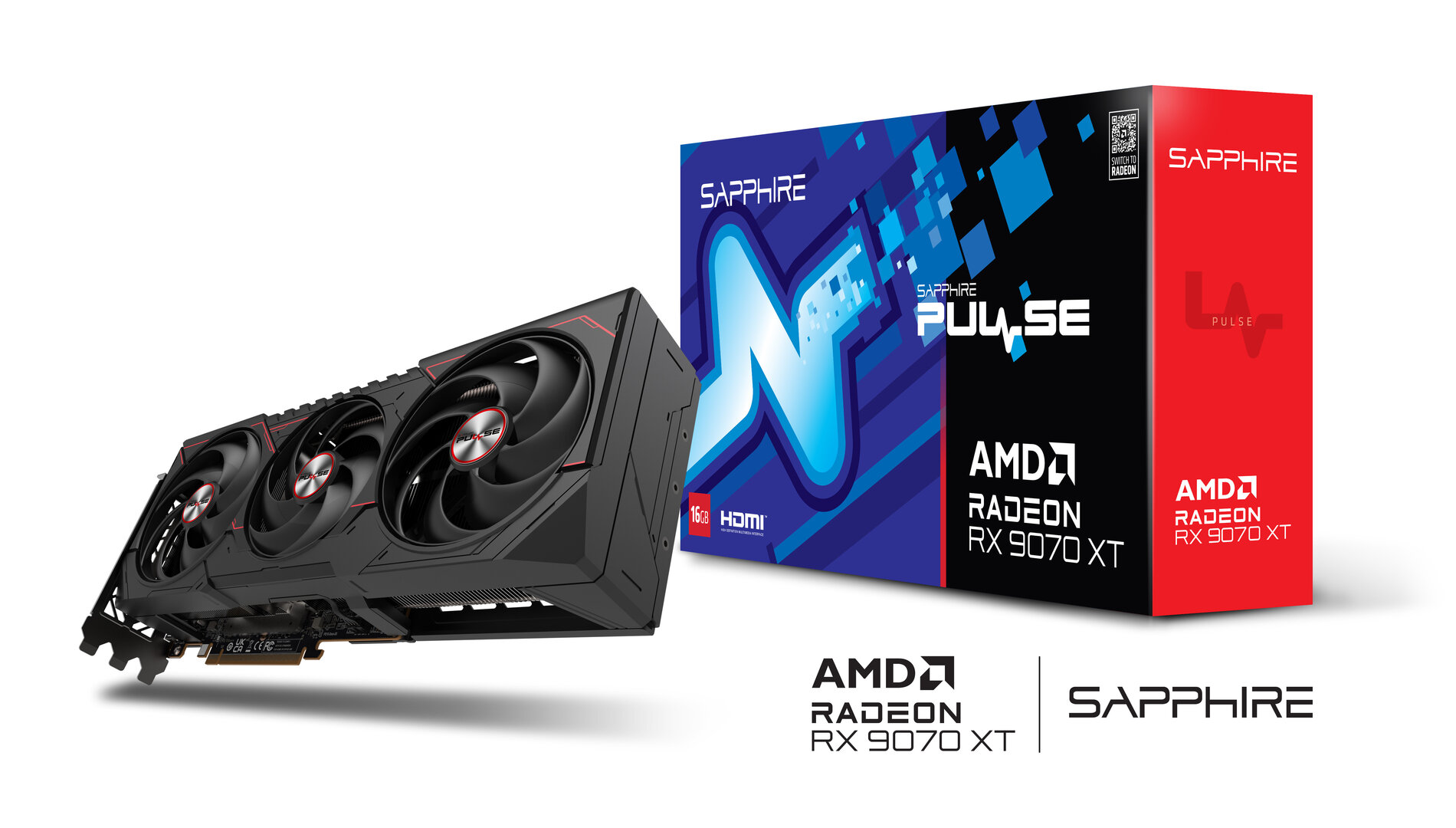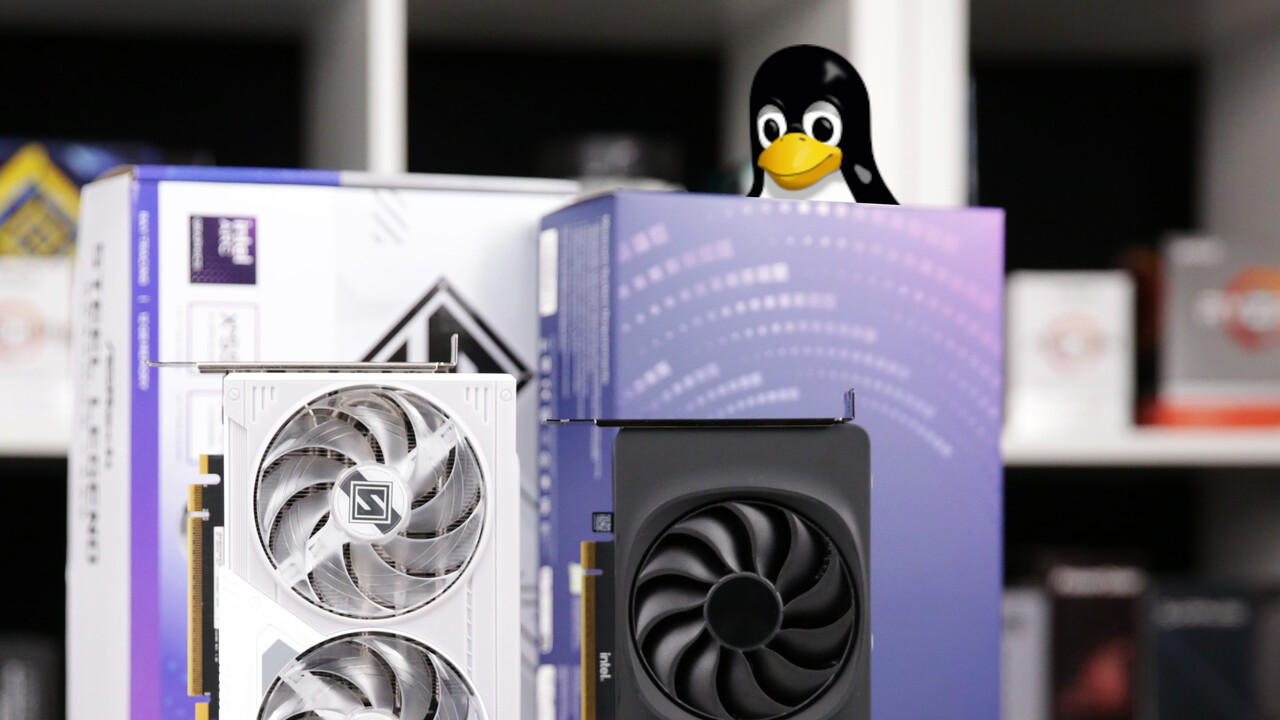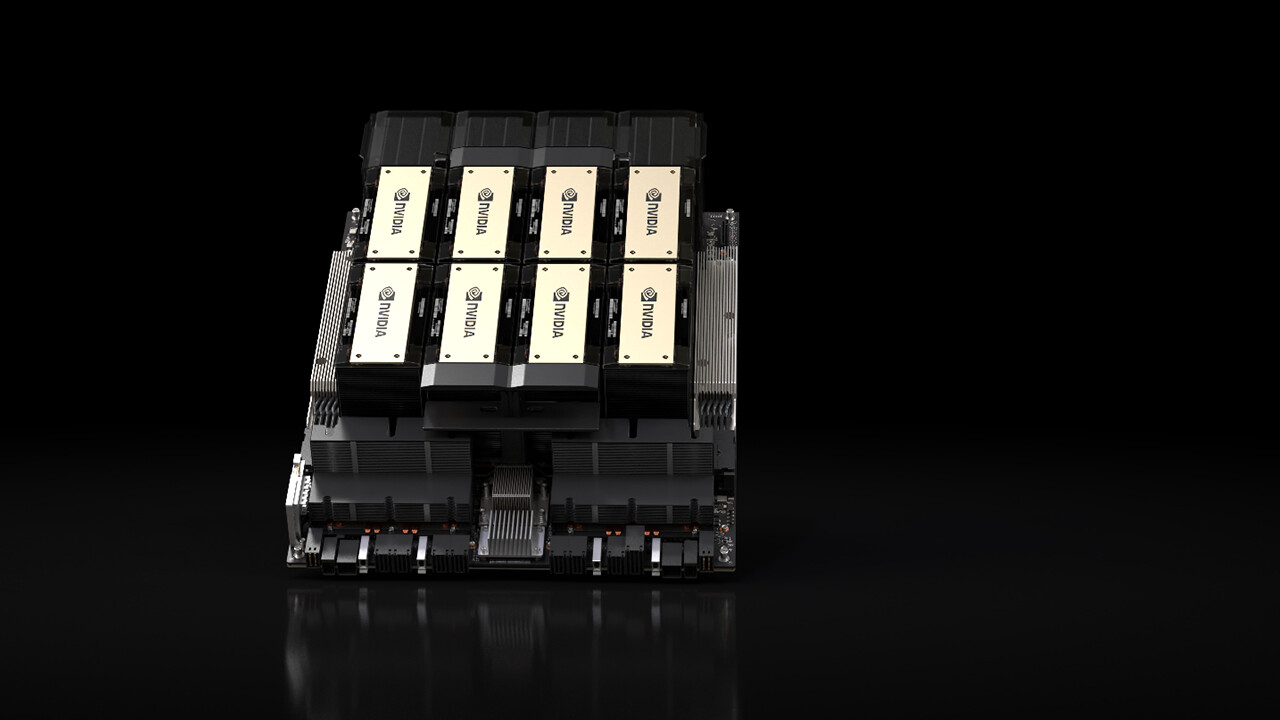NAVI 48 with lower TDP and UV in the test: lower power target and undervolting on the RX 9070 XT 198 comments

How much power does a reduced power target cost, and how much power can be extracted with undervolting on the Radeon RX 9070 XT? Techastuce tested it and it turns out that efficiency can be significantly increased. Contents 1 Lower Power Target and Undervoltage on the RX 9070 XTAMD RADEON RX 9070 XT: Reduced Power Target and UV in the Test Object Test: Sapphire Radeon RX 9070 XT PULSE REDUCED POWER TARGET as well as undervoltage
AMD Radeon RX 9070 XT: Reduced Power Target and UV in the Test
The first quarter of 2025 was dominated by graphics card releases from NVIDIA and AMD. After the first performance of AMD’s RDNA4 graphics cards was overlooked in early January and spread pessimism, RDNA4 was able to convince in the basic computer test in early March. Custom models of the RX 9070 XT and RX 9070 are also generally appreciated by low volumes. After the editors have seen the OC potential with parallel UVs on the Radeon RX 9070 XT (test), this test focuses on how the RX 9070 XT performs with reduced power targets and underclocking, and whether the already good efficiency can be further improved.
NAVI 48 with OC & UVs in the test: Overclocking & Underbolting on the Radeon RX 9070 XT
As is typical with almost all graphics cards of recent years, the Radeon RX 9070 XT also demonstrates that the latest performance is often purchased with significantly higher power requirements than necessary. A lower power target increases efficiency, and if undervolting is added, an efficiency increase in the double-digit percentage range is possible.
As in the previous article on overclocking and undervolting, there is no single solution, but it depends on the goal. This article focuses on increasing the efficiency of the Radeon RX 9070 XT.
Test object: Sapphire Radeon RX 9070 XT Pulse
AMD specified the card’s power at 304 watts for the Radeon RX 9070 XT. Most custom models have a slightly higher power output of 317 watts, such as the Sapphire Radeon RX 9070 XT Pure. Other models, such as the Asrock Radeon RX 9070 XT Taichi used in the OC test, even have 340 watts. However, these models are largely irrelevant for this test, so a graphics card that adheres to AMD’s requirements was chosen: the Sapphire Radeon RX 9070 XT Pulse, which operates at full power.
The Sapphire Radeon RX 9070 XT Pulse
The Sapphire Radeon RX 9070 XT Pulse (Image: Sapphire)
 The known system with a Ryzen R7 7800x3D is used as the test system:
The known system with a Ryzen R7 7800x3D is used as the test system:
Components Manufacturer CPU AMD Ryzen 7 7800x3D Background Asus Rog Strix B650E-F RAM 64 GB DDR5-6400, CL-32-39-102 DRIDE DRIDE 2 TB (SAMSUNG 990 PRO) Adrenaline 25.3.2 Security Features Isolation and Memory Degrees Enabled Enabled Enabled
Power target reduction and undervolting at a glance in an overview
This test consists of two different measures taken to increase efficiency. However, the two measures are also combined to show how much efficiency can still be squeezed out of the Radeon RX 9070 XT.
Reducing the power target is often the easiest way to squeeze some efficiency out of a graphics card. NVIDIA and AMD also make this measure easy to implement today, as a bar simply needs to be shifted into the driver. AMD has firmly integrated this feature into its driver panel and therefore also offers quick access to this setting. At the same time, changing the voltage—in this case, an offset is set—risks the graphics card no longer operating stably. Therefore, some time should be allowed for the settings to be validated. Combining these measurements, eight scenarios are shown:
9070 XT @ Stock 9070 XT @ PT 90 9070 XT @ PT 80 9070 XT @ PT 70 9070 XT @ PT 100 + UV9070 XT @ PT 90 + UV9070 XX
These eight scenarios were published for four games: Cyberpunk 2077, Doom: Eternal, Starfield, and Final Fantasy 16. Final Fantasy 16 and Starfield, in particular, show a picture that doesn’t match the picture in Cyberpunk 2077 and Doom: Eternal. Both games sometimes experience a short CPU limit, meaning the Radeon RX 9070 XT stumbles even during load changes, and a reduced power limit already ensures that performance can increase because the card jumps less when it’s time.
What would theoretically be expected?
At this point, a sting for AMD’s driver has to be broken, and Nvidia can still take a dig at this: undervolting is very easy to implement with a Radeon graphics card and requires no additional software. This makes it possible for even interested beginners who want to gain some initial experience with undervolting.
To find stable settings for the Radeon RX 9070 XT, there were two steps. First, the driver offset was set to -25 mV, then the settings were checked for short-term stability using Cyberpunk 2077. The rDNA 4 behaves differently than its predecessor and doesn’t directly drop the clock, but instead reduces the clock independently if the offset is too high, resulting in a performance loss. The short test in Cyberpunk 2077 thus serves to verify whether the card behaves as expected. After the brief check, the -25 mV offset was adjusted to -50 mV, and the step was repeated until a performance drop in the Cyberpunk 2077 benchmark was noticeable. Ultimately, the Sapphire Radeon RX 9070 XT pulse was able to complete the Cyberpunk 2077 benchmark at -125 mV; furthermore, performance no longer increased, but decreased.
This was followed by a stability test with 3DMark Steel Nomad and 3Dmark Speed Way. Both benchmarks were run in the stability test. While the Cyberpunk 2077 benchmark ran perfectly at -125 mV, Steel Nomad and Speed Way crashed during the nearly 20-minute stability test. The offset was then reduced to -100 mV and then to -75 mV. This test results in an additional -75mV adjustment on the offset for the NAVI 48 GPU.
Only in the Cyberpunk 2077 benchmark can up to 4% of the performance increase be suppressed without reducing the power target. Instead of an average of 78 fps, up to 81.3 are possible, and the minimum frame rate also increases by 4%, from 68.8 to 71.7. The stable value at -75 mV corresponds to a 3% performance increase; the two sharper settings only provide an additional percentage.
Page 1/2 Next page
Game Overview and Conclusion Topics: AMD Graphics Cards Radeon RDNA 4 RX 9070 RX 9070 XT Image Overview

An engineer by training, Alexandre shares his knowledge on GPU performance for gaming and creation.


